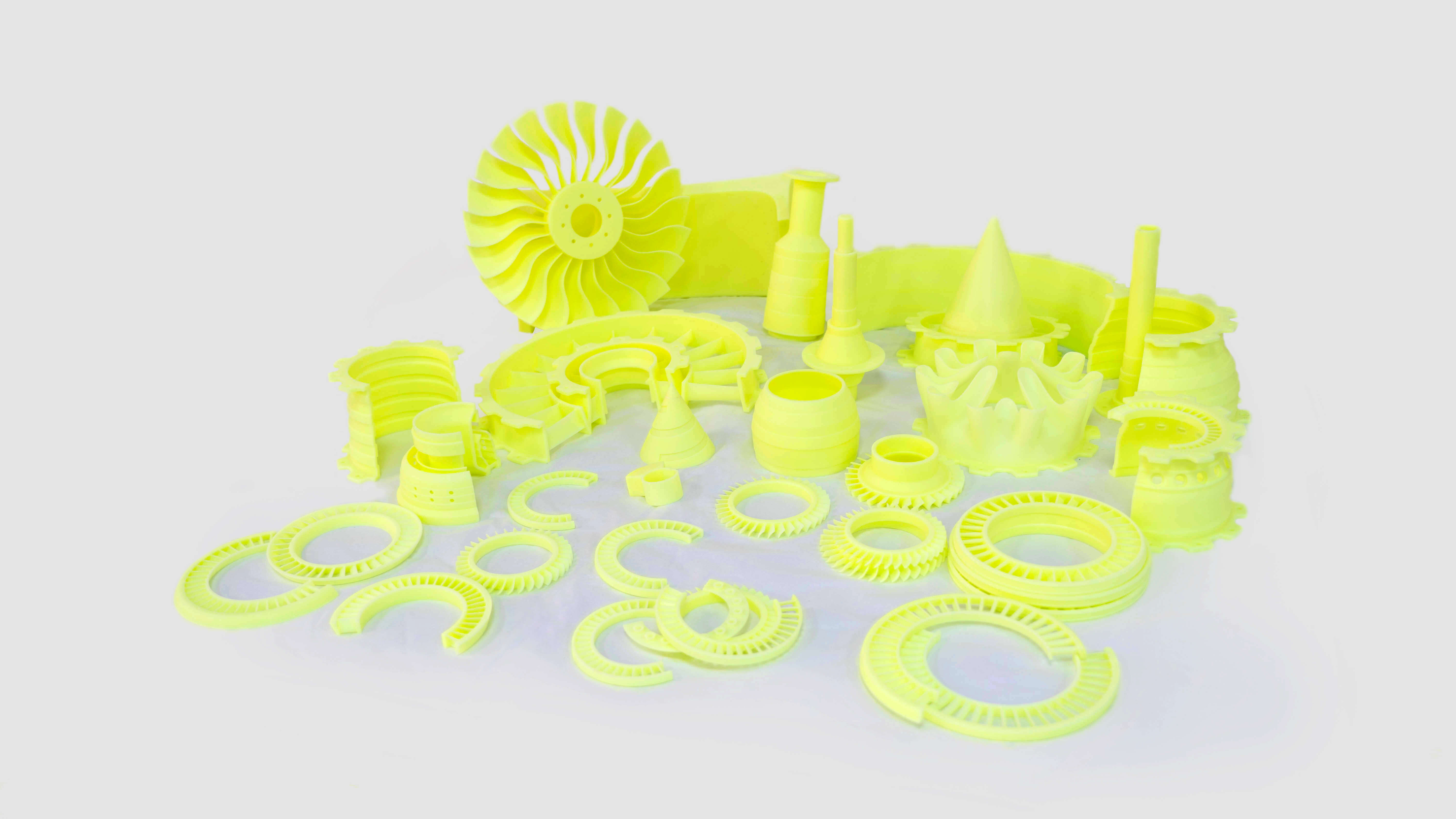In the world of manufacturing, foundry optimization plays a crucial role in enhancing productivity and efficiency. As industries evolve, understanding the key metrics that drive success in foundry operations becomes increasingly important. This article delves into the essential metrics for foundry optimization and how they can be measured effectively.

What is Foundry Optimization?
Foundry optimization refers to the systematic approach of improving processes within a foundry to maximize output while minimizing waste. This involves analyzing various factors such as material usage, energy consumption, and production timelines. By focusing on these elements, foundries can achieve higher efficiency and lower operational costs.
Key Metrics for Measuring Foundry Optimization
To effectively gauge the success of foundry optimization efforts, several key metrics should be monitored:
- Yield Rate: This metric measures the percentage of products that meet quality standards compared to the total produced. A higher yield rate indicates better optimization.
- Cycle Time: The time taken to complete a production cycle is critical. Reducing cycle time can lead to increased throughput.
- Energy Consumption: Monitoring energy usage helps identify areas where efficiency can be improved, ultimately reducing costs.
- Scrap Rate: This metric tracks the amount of material wasted during production. Lowering the scrap rate is essential for cost-effective operations.
How to Measure Success in Foundry Optimization
Measuring success in foundry optimization requires a combination of quantitative and qualitative assessments. Here are some strategies to consider:
- Implement data collection systems to track the key metrics mentioned above.
- Regularly analyze production data to identify trends and areas for improvement.
- Engage with employees to gather insights on operational challenges and potential solutions.
- Utilize advanced technologies such as IoT and AI to enhance data analysis and decision-making.
"Effective foundry optimization not only improves productivity but also enhances the overall quality of the products." - Industry Expert
Real-World Applications of Foundry Optimization
Many companies have successfully implemented foundry optimization strategies. For instance, a leading manufacturer of automotive components reported a 20% reduction in cycle time after optimizing their processes. This was achieved through better scheduling and resource allocation.
Additionally, companies like XYZ Foundry Solutions have developed innovative tools that assist in monitoring and optimizing foundry operations. Their products, such as the  , are designed to enhance efficiency and reduce waste.
, are designed to enhance efficiency and reduce waste.
Conclusion
In conclusion, understanding the key metrics for foundry optimization is vital for any foundry looking to improve its operations. By focusing on yield rates, cycle times, energy consumption, and scrap rates, foundries can measure their success effectively. As the industry continues to evolve, embracing advanced technologies and data-driven strategies will be essential for achieving optimal results.
For further insights, check out this informative video on foundry optimization techniques.








